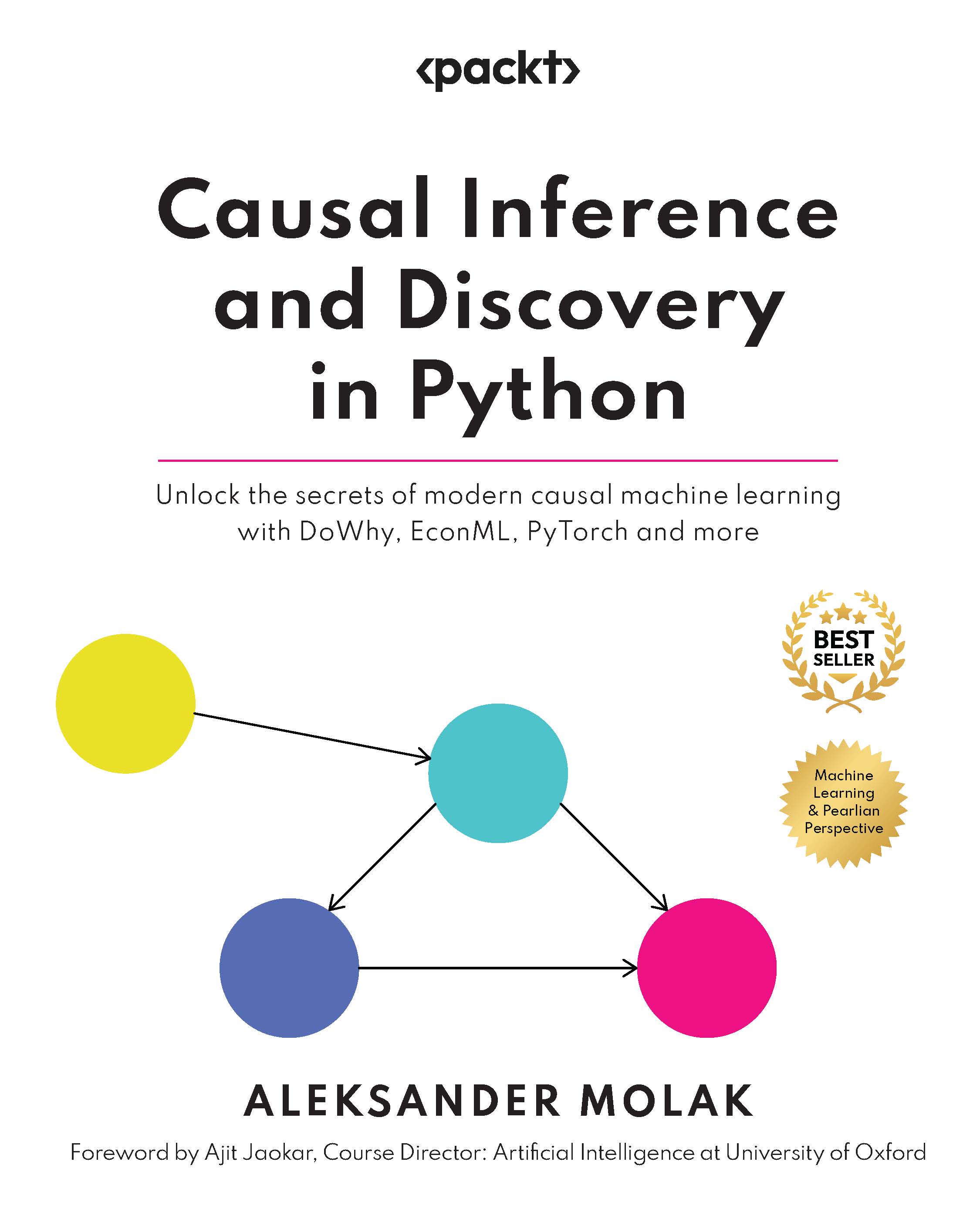Are there other criteria out there? Let’s do-calculus!
In the real world, not all causal graphs will have a structure that allows the use of the back-door or front-door criteria. Does this mean that we cannot do anything about them?
Fortunately, no. Back-door and front-door criteria are special cases of a more general framework called do-calculus (Pearl, 2009). Moreover, do-calculus has been proven to be complete (Shpitser and Pearl, 2006), meaning that if there is an identifiable causal effect in a given DAG,  , it can be found using the rules of do-calculus.
, it can be found using the rules of do-calculus.
What are these rules?
The three rules of do-calculus
Before we can answer the question, we need to define some new helpful notation.
Given a DAG  , we can say that
, we can say that  is a modification of
is a modification of  , where we removed all the incoming edges to the
, where we removed all the incoming edges to the  . We will call
. We will call  a modification of
a modification of  , where we removed all the outgoing edges from the node
, where we removed all the outgoing edges from the node  .
.
For example,  will denote a DAG,
will denote a DAG,  , where we removed all the incoming edges to the...
, where we removed all the incoming edges to the...
































































